4 Worst Steaks To Cook at Home, According to Chefs
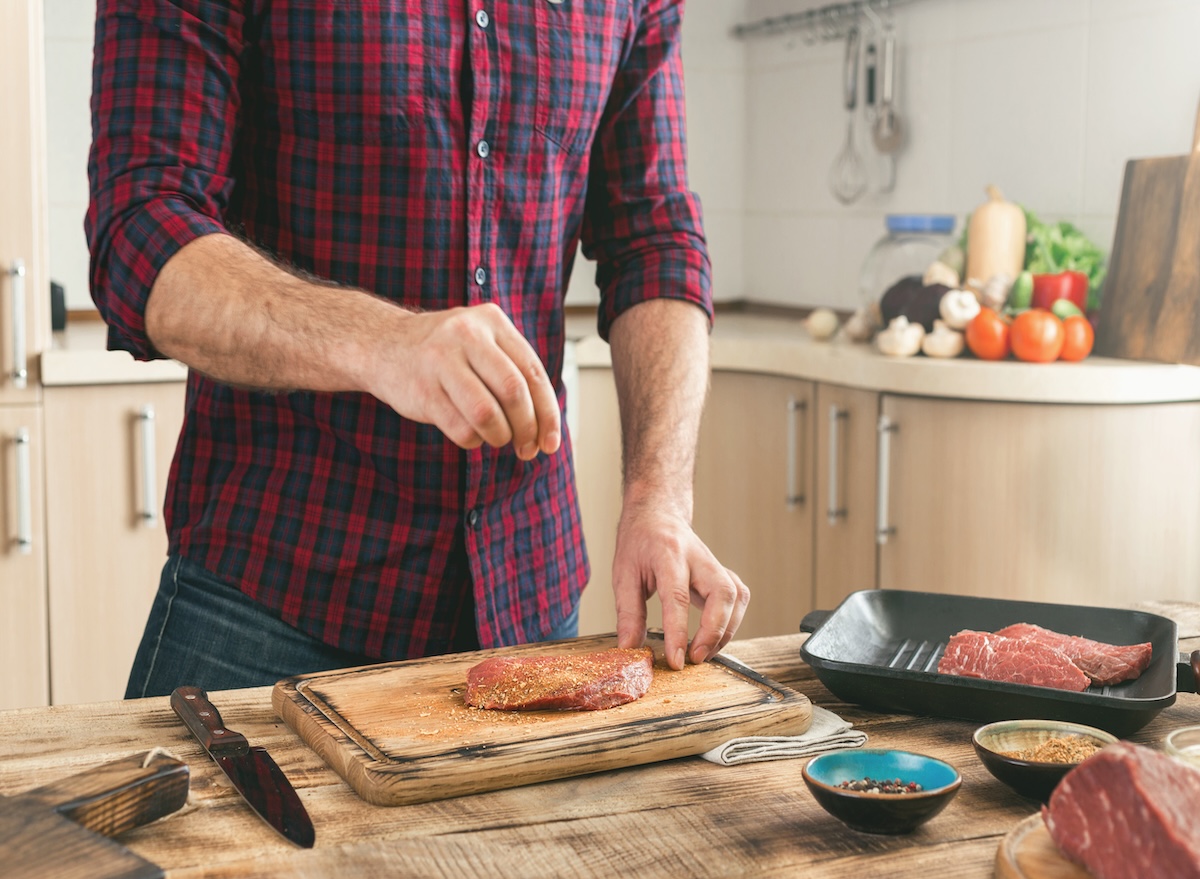
Making a restaurant-quality steak at home is a culinary triumph, but the type of cut matters. Choosing the wrong one can turn your meal into a dry, bland dish and become a cooking catastrophe. “At the end of the day, there’s an optimal way to prepare most cuts of meat, and some cuts of beef can just be a bit trickier when it comes to grilling,” says Chef David Rose, executive chef for Omaha Steaks. “For example, when grilling larger cuts of meat, it’s common for people to struggle a bit to make sure the meat is evenly cooked.” He adds, “If you consider yourself a beginner griller, the following cuts can be a bit more nuanced when it comes to cooking via grill, by preparing ahead of time can help prime you for delicious success.” To help avoid a dinner fail, we ask different chefs to reveal the four worst steaks to cook at home and why.
Porterhouse

A good porterhouse steak offers a generous portion of tender, juicy meat and a rich buttery flavor, but it’s not so easy to make at home. While it looks impressive because of its T-shaped bone with tenderloin on one side and strip steak on the other, it’s a challenge. “The problem is, those two cuts cook at different rates,” says Chef Thomas Odermatt, Founder of Roli Roti Food Trucks and Butcher’s Bone Broth. “By the time the strip is perfectly medium-rare, the tenderloin is usually overdone.” He explains, “In a restaurant, where chefs have blazing broilers and decades of experience, they can manage that balancing act. At home, though, it often means one side is overcooked while the other is underwhelming.”
Filet Mignon
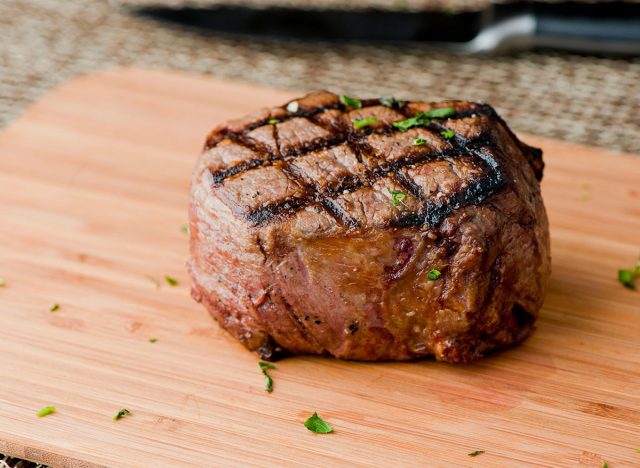
Filet Mignon is a delicate cut with low marbling that’s seen as a premiere steak due to its melt-in-your-mouth texture and natural buttery flavor, but it can be challenging to get it right at home, according to Chef David. “Since the filet mignon is such a tender, decadent cut of meat, it can sometimes stick to the grill if the cooking surface isn’t oiled properly,” he says. “You should always use oil as a binder to season your steaks, but with the filet, I also recommend adding a bit of oil to the grates of your grill right before cooking to help avoid this extra sticking.”
Skirt Steak
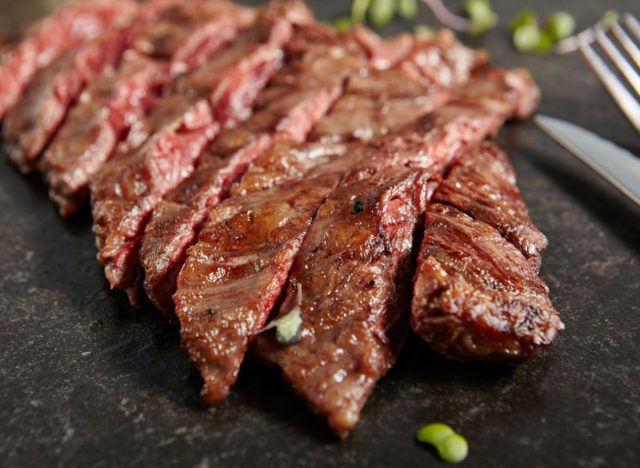
Known for its rich, beefy flavor, a skirt steak can soak up seasoning and marinades in a way other cuts can’t, making it delightfully tasty, but Chef David explains why a skirt steak is challenging to cook. “It’s a thin cut of meat and preparing a skirt steak is a little different from most steaks, but incredibly important”, he says. “Since it’s such a thin cut of meat, it will cook quickly, but it’s easy to burn if you don’t keep an eye on it.” He adds, “I recommend cooking this steak over high heat for 2-3 minutes. Typically, once both sides appear browned, the interior is likely cooked to medium-rare (I like to keep a meat thermometer handy when preparing any type of meat, as it’s a surefire way to check for doneness).”
Flank Steak
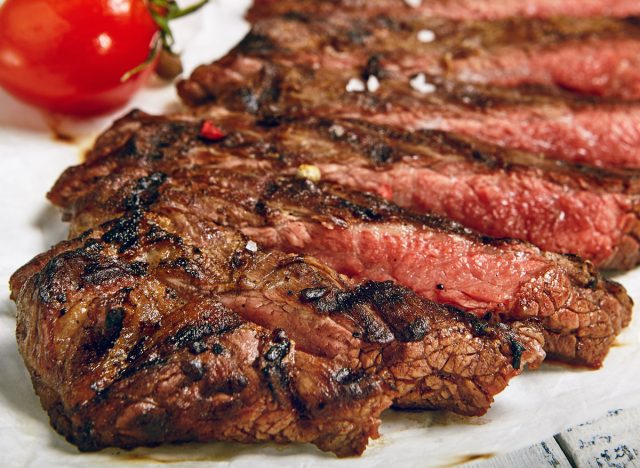
Flank steak is an affordable and popular cut known for its lean texture, burst of flavor and value. However, Dennis Turcinovic, owner and managing partner of Delmonico’s Hospitality Group says flank steaks can be rough for home cooks. “While it’s full of flavor, it can be tough and chewy if not cooked correctly. Marinate flank steak for a few hours and cook it quickly over high heat to medium-rare, then slice against the grain. Overcooking makes it very tough. The same issue and process apply to skirt steak, but I recommend choosing skirt steak over flank because it has a higher fat content.”
How to Spot a Great Steak at the Grocery Store
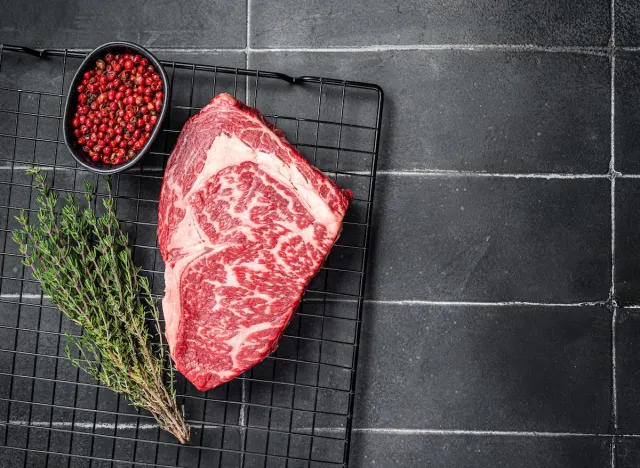
When browsing the meat section, look for steaks with plenty of fine marbling—those thin streaks of fat running through the meat—as they melt during cooking and deliver more flavor and tenderness. The color should be a vibrant, rich red, which signals freshness, while the cut itself should be at least an inch thick to allow for a good sear without overcooking. Avoid steaks that look dull, dry, or discolored, and when possible, choose cuts that feel firm to the touch.